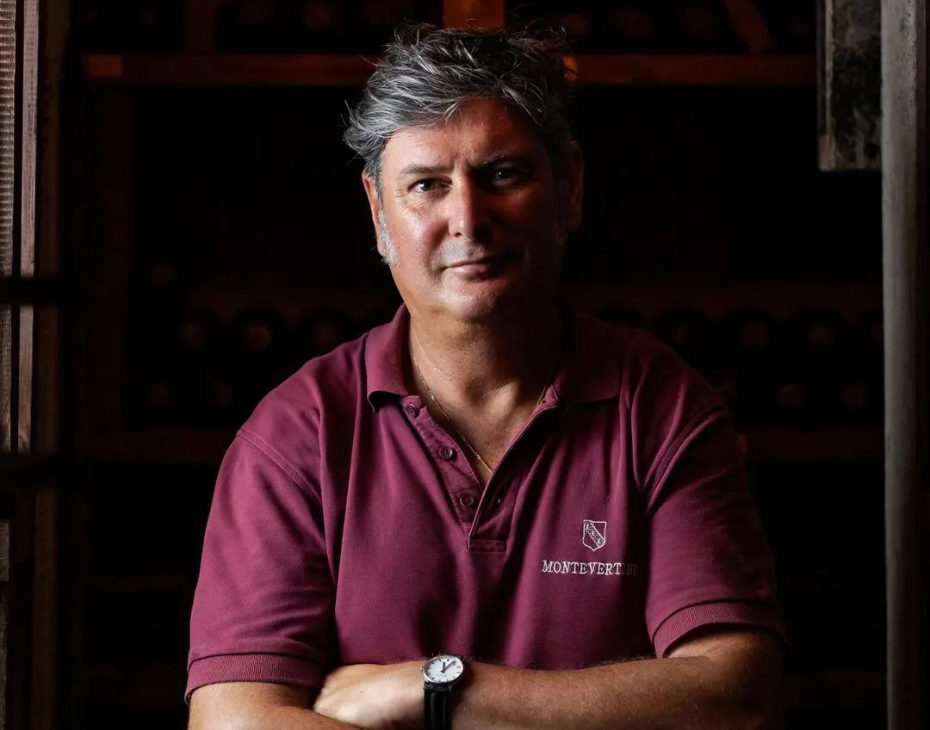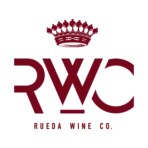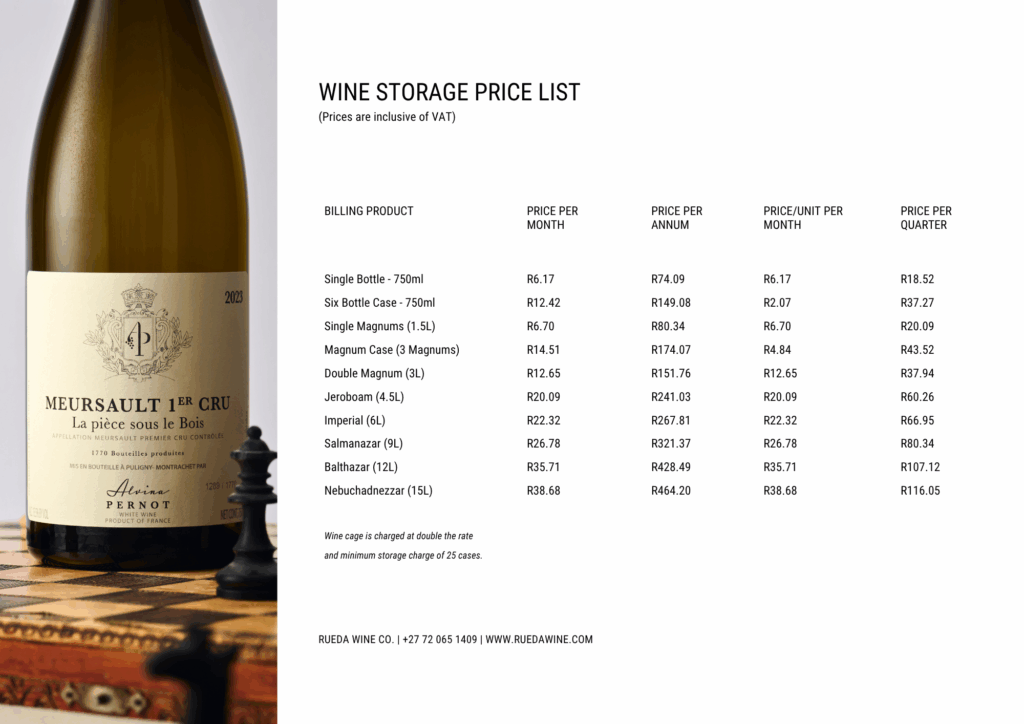Montevertine
Montevertine is in the heart of the Chianti district, halfway between Florence and Siena, just south of Radda in Chianti. Sergio Manetti acquired Montevertine in 1967 as a vacation home for his family. Once there, Manetti planted two hectares of vineyards and built a small cantina to produce wine for family and friends. The first vintage was 1971.
Having recognised the importance of the Sangiovese grape, Manetti crafted his wines with an almost exclusive reliance on that grape variety. By 1981, due to Manetti’s refusal to incorporate Trebbiano into the Montevertine blend, Montevertine left the Chianti Classico consortium, forgoing the Chianti Classico denomination.
In time, the consortium recognised Manetti’s wisdom, but Montevertine remains outside the consortium, labelling their wines “Rosso di Toscana”. Because of this, Montevertine is frequently, but erroneously, included in the “Super-Tuscan” wine category. Montevertine’s policy of strict reliance on Sangiovese with a small complement of Colorino and Canaiolo is in direct contradiction to the approach of the “super-Tuscan” group of wines, which purposely include non-local grape varieties like Cabernet Sauvignon, Syrah and Merlot in their blends.
Despite the appellation’s formal absence, Montevertine is one of the rare examples of a true Chianti Classico.
Recent years have seen a generational shift at the Montevertine estate with the passing of Sergio Manetti, Giulio Gambelli (the estate’s oenologue), and Bruno Bini (the cellarmaster). Montevertine is now in the hands of Martino Manetti, son of Sergio, and Paolo Salvi, Gambelli’s protégée, both of whom remain dedicated to the style and philosophy of their forebears.
The estate is located at an elevation of 425 meters. Montevertine has 18 hectares of vineyards, 90% of which are planted to the Sangiovese grape, with the remaining vineyards dedicated to Colorino and Canaiolo.
The vineyards are divided into nine parcels, with the oldest vines planted in the Pergole Torte vineyard in 1968. After a manual harvest, the wines are fermented in large (150hl) cement tanks for at least 25 days. The wine is pumped over, and the cap is submerged daily to create optimum conditions for a long and slow extraction. The malolactic fermentation also occurs in large-volume cement vats before being racked into Slavonian oak barrels that range in size from 5 to 18 hectolitres.
According to the region’s traditional methods, the wine moves by gravity and is never pumped. The wines are bottled without filtration and held in a bottle for at least six months before release. Montevertine is devoted to making three wines – Chianti Classico, Montevertine and Pergole Torte.


